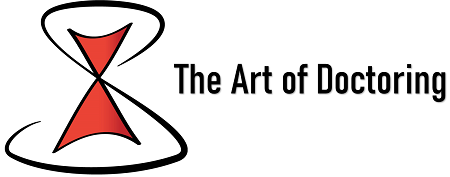Sorry, no content matched your criteria.
Latest blog postsLearn More
© 2025 Lean Medicine  Contact
Contact
Design by Reese · Development by WP Copilot
Terms Of Use · Social Media Terms · Privacy Policy
Latest blog postsLearn More
Sorry, no content matched your criteria.
© 2025 Lean Medicine  Contact
Contact
Design by Reese · Development by WP Copilot
Terms Of Use · Social Media Terms · Privacy Policy
